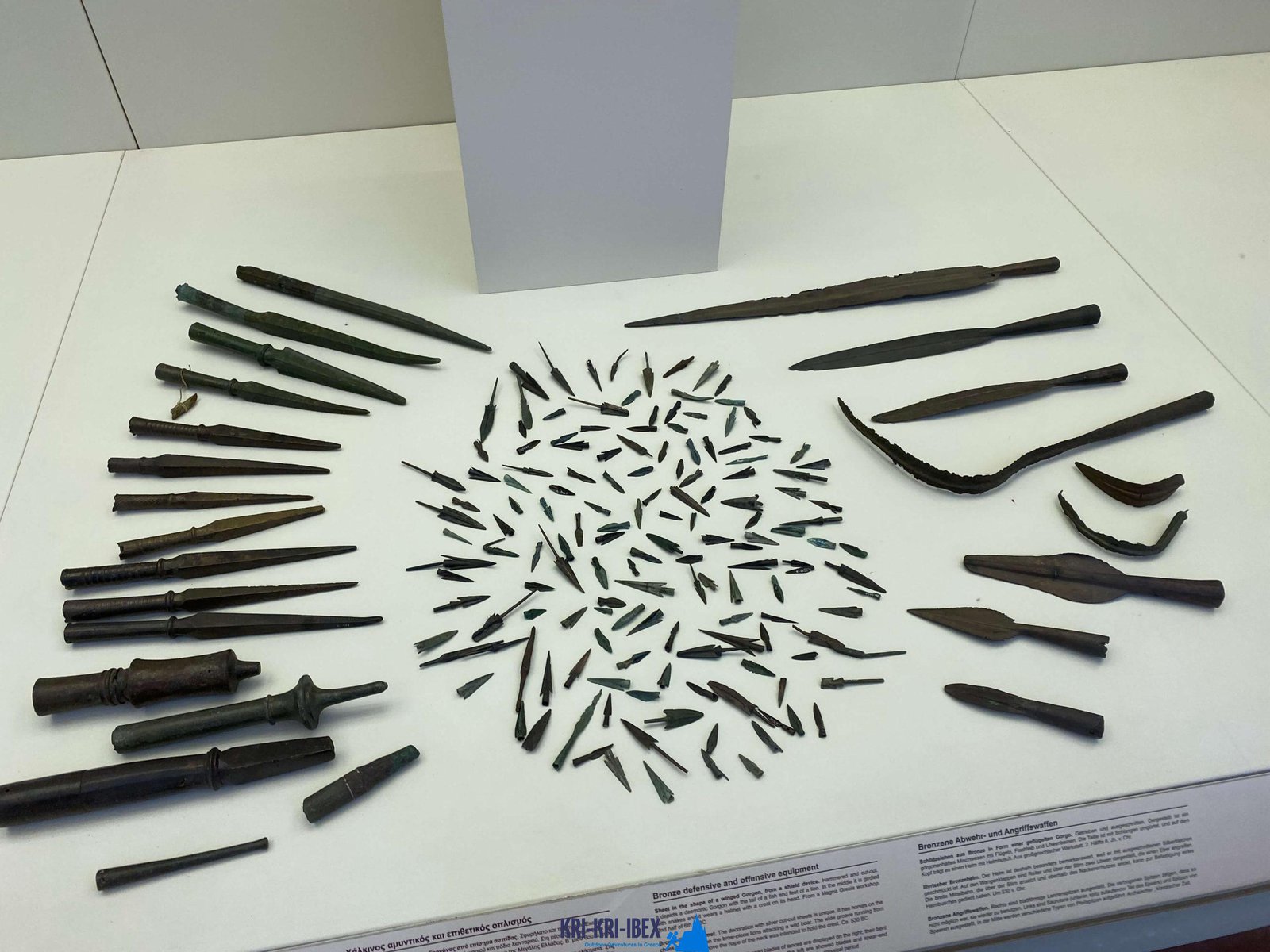Enjoy the thrill of a life time searching big game like Kri Kri ibex in Greece
Enjoy the thrill of a life time searching big game like Kri Kri ibex in Greece
Blog Article

Searching for Kri Kri ibex in Greece is a fantastic hunting exploration and also amazing trip all in one. Ibex searching is usually a rough experience, however not in this situation! Dive to shipwrecks and also spearfishing in old Greece, or appreciate ibex hunting in an exotic place are simply a few of the things you could do throughout a week long ibex hunting trip in Greece. Can you think about anything else?

The variety of Ibexes fluctuates with the populace due to the fact that it is not set. The Ibexes of the Cretan Ibex reproduce Kri-Kri is the tiniest ibex in terms of body weight, however not horn length (Capra Aegagrus Cretica). A few specimens that went uncounted determined 115 cm (45 inches). The gold prize is 61 centimeters (24 inches) long. The Kri-Kri ibex is pursued in Greece at this time. Searching is available on Atalanti and Sapientza. Hunting is allowed on Atalanti from the last week of October to the first week of December. Hunting is permitted on Sapientza for the entire month of November, depending on weather conditions.
On our Peloponnese scenic tours, you'll get to experience all that this amazing region has to offer. We'll take you on an excursion of some of one of the most historic and also attractive websites in all of Greece, including ancient ruins, castles, and also much more. You'll also get to experience some of the conventional Greek culture direct by taking pleasure in some of the delicious food as well as red wine that the region is known for. And obviously, no trip to Peloponnese would certainly be full without a dip in the sparkling Mediterranean Sea! Whether you're a skilled hunter seeking a newbie vacationer or a brand-new adventure just aiming to explore Greece's magnificent landscape, our Peloponnese trips are excellent for you. So what are you waiting for? Schedule your trip today!
If you are looking for an authentic Greek experience away from the hustle and bustle of tourism after that look no even more than Methoni in The Peloponnesos! Our outdoor searching for Kri Kri ibex, fishing, totally free diving and visiting Peloponnese trips from Methoni are the ideal way to explore this attractive location at your very own pace with like minded individuals. Get in touch with us today to book your place on one of our excursions.
What is the diference between Kri Kri ibex, Bezoar ibex and hybrid ibex
The kri-kri is not thought to be indigenous to Crete, most likely having been imported to the island during the time of the Minoan civilization. Nevertheless, it is found nowhere else and is therefore endemic to Crete. It was common throughout the Aegean but the peaks of the 8,000 ft (2,400 m) White Mountains of Western Crete are their last strongholds–particularly a series of almost vertical 3,000 ft (900 m) cliffs called ‘the Untrodden’—at the head of the Samaria Gorge. This mountain range, which hosts another 14 endemic animal species, is protected as a UNESCO Biosphere Reserve. In total, their range extends to the White Mountains, the Samaria National Forest and the islets of Dia, Thodorou, and Agii Pandes.
This Ibex is NOT a diminutive form of the Bezoar Ibex, which has migrated into the western-most reach of the range of this species. The kri – kri (Capra aegagrus cretica), sometimes called the Cretan goat, Agrimi, or Cretan Ibex, is a feral goat inhabiting the Eastern Mediterranean, previously considered a subspecies of wild goat. The kri-kri has a light brownish coat with a darker band around its neck. It has two horns that sweep back from the head. In the wild they are shy and avoid tourists, resting during the day. The animal can leap some distance or climb seemingly sheer cliffs.
“The agrimi goat Capra aegagrus cretica is unique to Crete and its offshore islands. It has been identi®ed as a sub-species of the wild bezoar goat Capra aegagrus aegagrus Erxleben, 1777, which it closely resembles in horn shape, body form and coloration. This classi®cation has been disputed by some researchers who claim that the agrimi are feral goats, derived from early domestic stock brought to the island by the ®rst Neolithic settlers. In order to clarify this issue, DNA analyses (cytochrome b and D loop sequences) were carried out on tissue of live and skeletonized agrimi and compared to sequences of wild and domestic caprines. Results conclusively show the agrimi to be a feral animal, that clades with domestic goats (Capra hircus) rather than with wild Asiatic bezoar. This study demonstrates that morphometric criteria do not necessarily re¯ect genetic af®nities, and that the taxonomic classi®cation of agrimi should be revised.”
Report this page